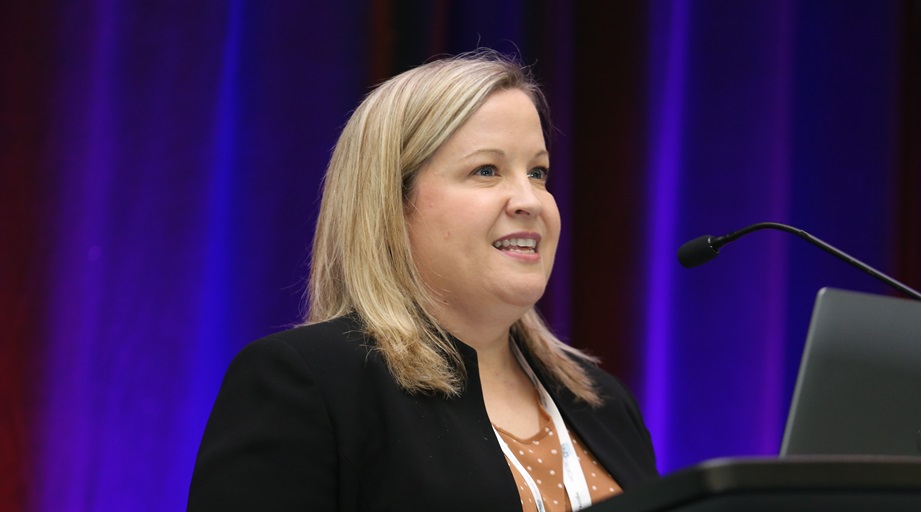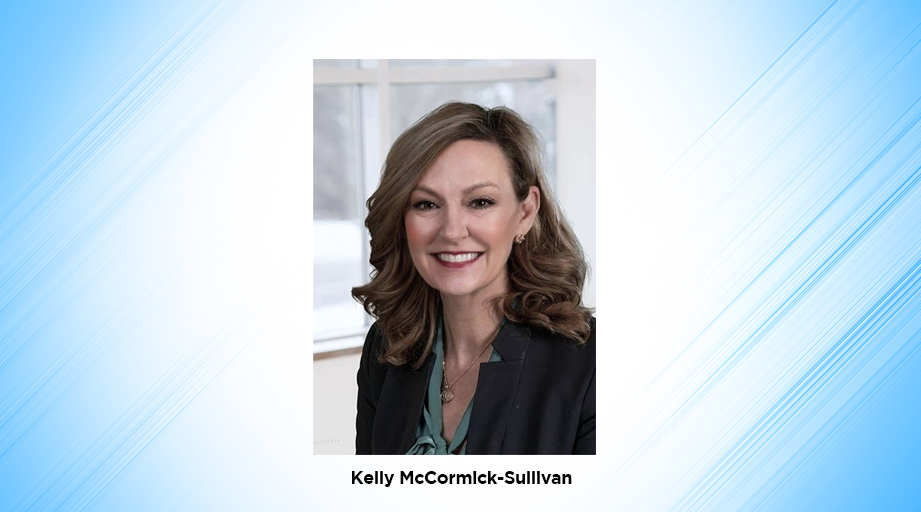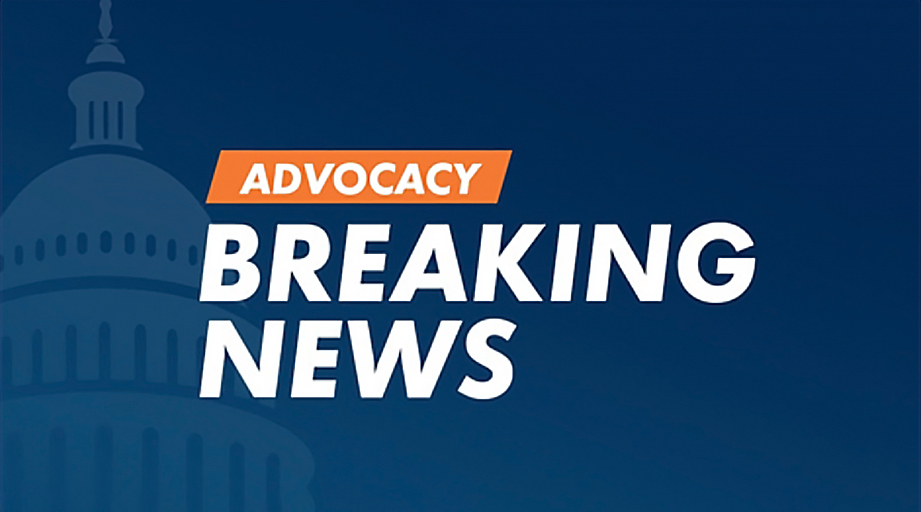
Any patient who has hyperactive delirium with severe agitation needs immediate help from clinicians who recognize and know how to appropriately respond to this life-threatening crisis.
But that’s not as easy as it sounds, said Megan Musselman, emergency medicine pharmacist at North Kansas City Hospital in Missouri and the lead speaker at the Dec. 5 Midyear Clinical Meeting & Exhibition session Dazed and Confused: Clearing the Haze for the Recognition and Treatment of Hyperactive Delirium with Severe Agitation.
One problem clinicians face is that people with the condition are extremely agitated and combative, and they lash out physically and verbally at their healthcare team. They often have fever, elevated blood pressure and heart rate, and other clinical signs that clinicians need to assess.
“Basically, these patients are in overdrive,” Musselman said. “We need to figure out what is causing this.”
That’s the situation with Musselman’s hypothetical patient BC, a young man who was transported to the emergency department after he was found yelling and punching a gas station wall. Musselman described BC as uncooperative with emergency responders, agitated, combative, screaming, and spitting. Hyperactive delirium with severe agitation was confirmed using the Richmond Agitation-Sedation Scale (RASS), a tool that uses observed responses to auditory and physical stimulation and can be administered in a minute or less.
Because hyperactive delirium with severe agitation can precede fatal seizures and serious organ damage, there’s an immediate need to administer a sedative and get patients like BC into a state where diagnosis and treatment are possible.
Musselman said an intramuscular injection of a benzodiazepine — typically midazolam — is often a good first choice because it’s fairly easy to administer to an agitated patient and acts within 10–20 minutes. But it’s critical to monitor the patient’s respiratory function after administering the injection.
“All benzodiazepines produce respiratory depression, especially at high doses,” Musselman said.
Antipsychotics are another treatment option, and Musselman said droperidol and olanzapine are the frontrunners among antipsychotics for patients with hyperactive delirium with severe agitation.
“They both work within about 10 minutes,” she said. “The risk we have to worry about with these agents is QT-[interval] prolongation.”
For case patient BC, a 10-mg dose of midazolam was the initial sedative of choice. After further treatment with short-acting sedatives, BC’s RASS score improved, but his temperature, heart rate, and blood pressure were elevated, and he was hallucinating and had flushed skin. BC’s roommate communicated to the team that had had found two empty bottles of diphenhydramine in BC’s room.
The clinical team determined that BC’s clinical presentation was the result of anticholinergic toxicity from the diphenhydramine. Because the patient was improving, adjunctive therapy with dexmedetomidine was recommended to treat the remaining agitation instead of administering additional midazolam.
Musselman noted that getting that diagnosis was critical for resolving the condition that caused the hyperactive delirium with severe agitation. For BC, the problem was a drug reaction. Other causes of the condition include alcohol withdrawal syndrome and medical conditions, including dementia, Alzheimer’s disease, sepsis, and meningitis — all of which need to be diagnosed so that the patient can receive potentially life-saving treatment.
The Midyear presentation also covered the treatment of delirium and agitation in elderly patients and the importance of developing policies, procedures, and practice standards for recognizing delirium and agitation in all patients.









